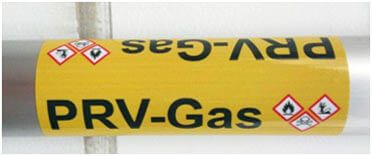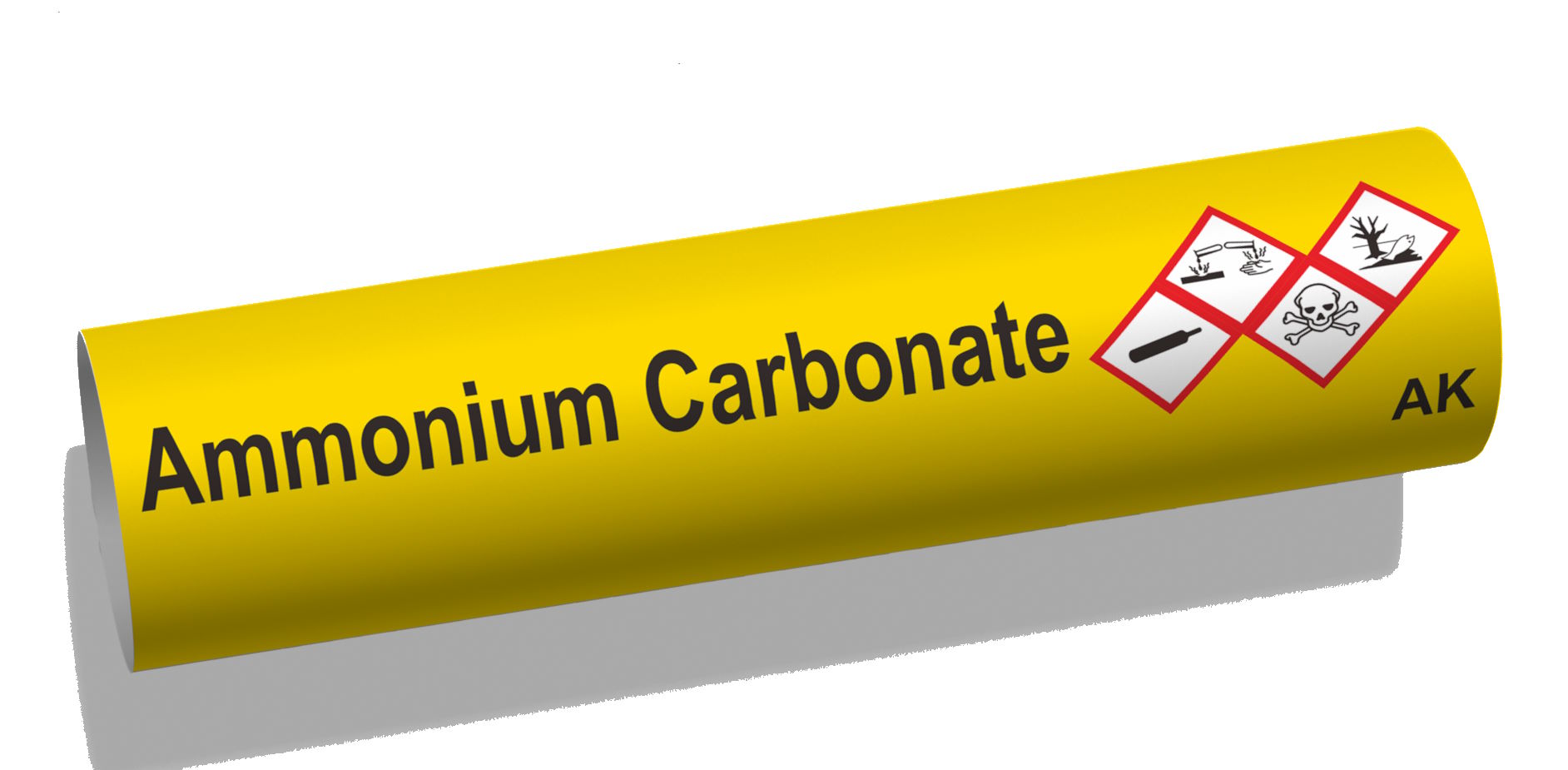GHS Specifications Globally Harmonized System of Classification and Labelling of Chemicals
GHS Objectives
The "GHS standard" refers to the Globally Harmonized System of Classification and Labelling of Chemicals, often abbreviated as GHS. It is a standardized system for classifying and labeling chemicals to ensure the safe handling, transportation, and use of hazardous substances globally.
Key aspects of the GHS standard include:
- Classification: GHS provides criteria for classifying chemicals into different hazard categories based on their physical, health, and environmental properties. It defines hazard classes such as flammable liquids, carcinogens, and corrosive substances.
- Labeling: GHS standardizes the labeling of chemical containers with specific pictograms, signal words (e.g., "Danger" or "Warning"), hazard statements, and precautionary statements. These labels provide essential information about the hazards associated with the chemical product.
- Safety Data Sheets (SDS): GHS requires the creation of Safety Data Sheets (SDS) for each hazardous chemical. SDSs contain detailed information about the chemical's properties, hazards, safe handling procedures, and emergency response measures.
- Information Transfer: GHS aims to ensure that relevant information about chemical hazards is communicated consistently throughout the supply chain, from manufacturers and distributors to end-users.
- Hazard Communication: GHS promotes clear and effective communication of chemical hazards to workers, emergency responders, and the general public, helping them make informed decisions about safe handling and use of chemicals.
- International Adoption: The GHS has been adopted by many countries and regions worldwide, leading to a more consistent and standardized approach to chemical classification and labeling. However, the specific implementation and regulatory requirements may vary from one jurisdiction to another
GHS Rev 5 is the basis of Singapore SS586, part 1-3: 2008. The implementation of this standard is now completed, with the mandatory marking of all hazardous substances, including mixtures effective as of July 1st 2016.
GHS Hazards Pictograms
The Globally Harmonized System of Classification and Labelling of Chemicals (GHS) uses standardized icons or pictograms to convey information about the hazards associated with chemicals. These pictograms are an essential part of GHS labeling and are used to provide quick visual cues to users about the potential risks of handling a particular chemical.
When handling chemicals, individuals should in addition refer to the labels and safety data sheets (SDS) to understand the specific hazards associated with a particular substance and take appropriate precautions to ensure safety.
Each pictogram represents a specific hazard category, as detailed below:
| Hazard | Pictogram | Description/Usage |
|---|---|---|
GHS01 Explosive |
 |
This pictogram represents explosives and materials that can explode if exposed to heat, shock, friction, or other factors. It is often associated with fireworks and other explosive materials, and includes:
|
GHS02 Flammable |
 |
This pictogram signifies flammable materials, including liquids, gases, and solids that can ignite easily when exposed to heat, flames, or sparks, generally most solvents. It also covers materials that emit flammable gases upon contact with water, and includes:
|
GHS03 Oxidizing |
 |
This pictogram represents oxidizing substances and materials that can increase the intensity of a fire or combustion when in contact with other flammable substances. It includes:
|
GHS04 Compressed Gas |
 |
This pictogram indicates gases stored under pressure. It is commonly seen on containers holding compressed gases such as oxygen, nitrogen, or propane. It includes:
|
GHS05 Corrosive |
 |
This pictogram represents corrosive substances that can cause severe damage to skin, eyes, or metal surfaces upon contact. It is often associated with strong acids and bases. |
GHS06 Toxic |
 |
This classic skull and crossbones pictogram indicate acute toxicity, particularly substances that can be lethal or cause severe health effects even in small quantities. It includes chemicals that cause harm to human health through inhalation, ingestion, or skin contact categories 1, 2, 3, both acute and chronic toxicity. |
GHS07 Harmful |
 |
This pictogram indicates materials that may cause skin or eye irritation or have other harmful effects on health. It covers skin sensitizers and non-severe irritants, and includes:
|
GHS08 Health hazard |
 |
This category includes various other healthhazards not covered by the specific pictograms above. It covers substances that are carcinogenic, mutagenic, or reproductive toxicants (CMRs) or substances that pose a physical hazard not covered by the other categories. It includes:
|
GHS09 Environmental hazard |
 |
This pictogram represents substances and materials that can have adverse effects on the environment, such as aquatic toxicity or harm to ozone. It includes:
Note: No pictogram is required for:
|
GHS also defines extras pictograms dedicated to Transport safety Signs and gazes.
GHS Pipes Labeling

GHS not only cover labelling of storage tanks, bottles etc, but also transport of these via pipes etc.
More specifically for piping labeling, rule 1.4.10.5.5.1 “Workplace labelling” explicitly states that GHS labels should be applied to “piping systems including valves” and that such installations should ensure clear hazard communication through the “use of displays with GHS symbols, colour and signal words in piping systems and processing equipments”.

